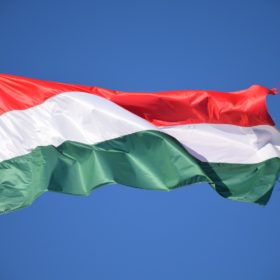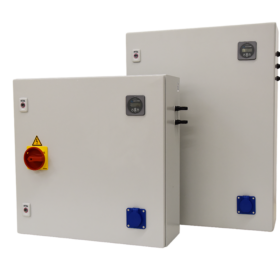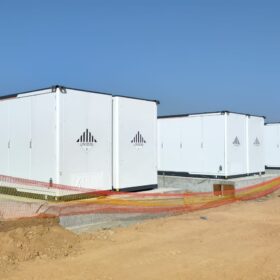Hungary’s residential PV subsidy scheme draws 20,000 applicants
The Hungarian government says 20,000 households have signed up for its PV subsidies scheme, which offers up to HUF 5 million ($14,125) per home installation. The original HUF 75.8 billion budget was increased by HUF 30 billion in July.
Solar cabinet for water disinfection systems
German fluid management company Lutz-Jesco introduced a system aimed at supporting pumping and water disinfection in cases of blackouts. The hub is preconfigured to work with solar panels, a battery charge controller, an inverter, and cabling.
Brazil to launch large-scale energy storage auction in 2025
The Brazilian authorities say they plan to hold a large-scale energy storage auction in 2025, potentially creating a market for large-scale storage facilities in the country.
Demand for large capacity battery storage cells goes strong as prices continue to slide
The analysis from Taipei-based intelligence provider TrendForce finds that the average price for lithium iron phosphate (LFP) energy storage system cells continued to slide in August, reaching CNY 0.35/Wh ($0.049/Wh). Meanwhile, demand for large capacity cells continued to grow at a steady pace.
European researchers unveil solid-state battery with 1,070 Wh/L energy density
A European research consortium has produced a prototype solid-state battery using a new manufacturing process that reportedly achieves high energy densities and can be implemented on modern lithium-ion battery production lines.
Amea Power to build 1 GW of solar, 900 MWh of storage in Egypt
Dubai-based developer Amea Power has agreed to build a 1 GW solar plant with a 600 MWh battery energy storage system (BESS) and an additional 300 MWh BESS. This follows the signing of two power purchase agreements (PPAs) with Egyptian Electricity Transmission Co.
India launches 2 GW/8 GWh renewables-plus-storage tender
Solar Energy Corp. of India (SECI) has started accepting bids to set up 2 GW of renewable energy projects backed with energy storage systems for assured peak supply of 8 GWh. Bidding closes on Oct. 14.
Works begin on 1.4 GWh Inner Mongolia project combining lithium-ion, redox flow storage technologies
The Dengkou Renewable Energy Storage Project is billed as the largest single-capacity energy storage station under construction in China.
Egypt set for giant solar-plus-battery storage project
Norwegian developer Scatec ASA has signed a 25-year power purchase agreement (PPA) for a 1 GW solar array and 100 MW/200 MWh battery storage project in Egypt. CEO Terje Pilskog says it is Egypt’s first hybrid solar-plus-battery project.
Aluminium-polymer battery for stationary electricity storage
The device developed by TU Bergakademie Freiberg researchers uses aluminum as an anode, graphite as a cathode, and a polymer-based solid electrolyte. It is being validated and further developed for industrial production. The goal is storage capacity of 10 kWh.










